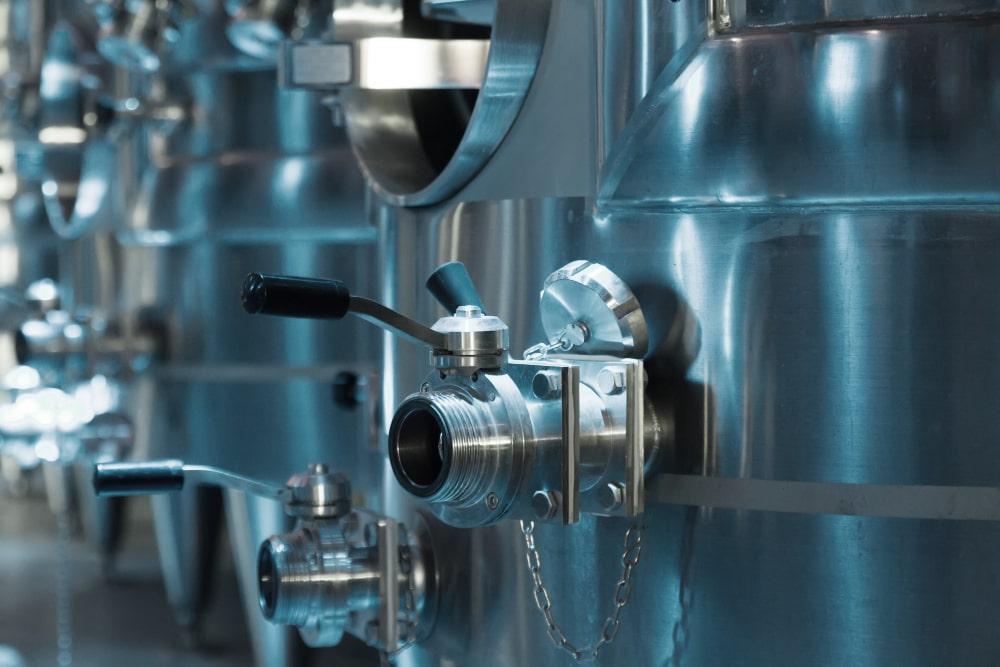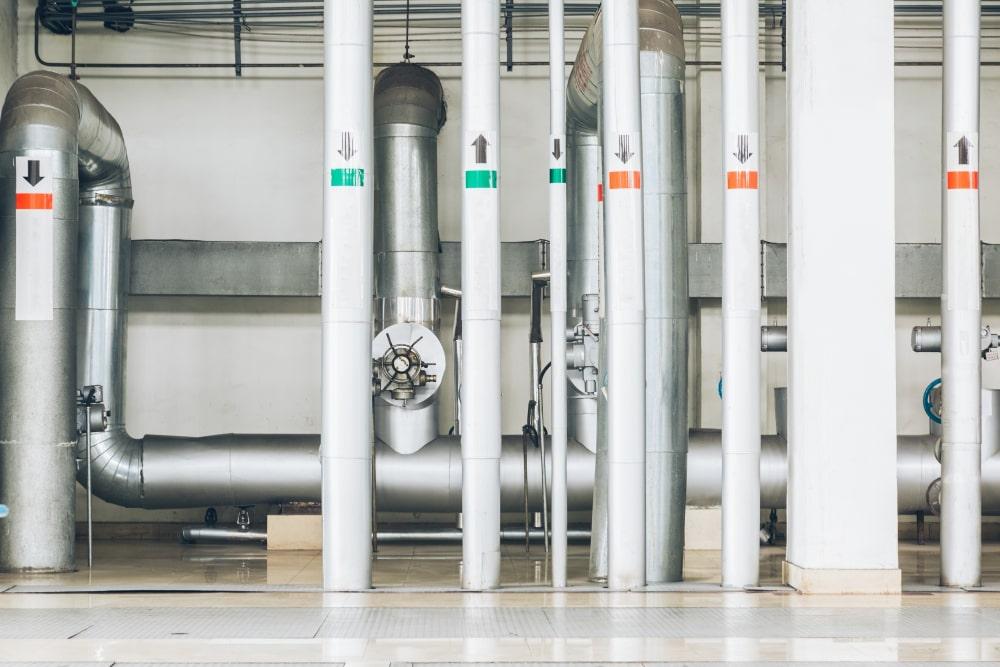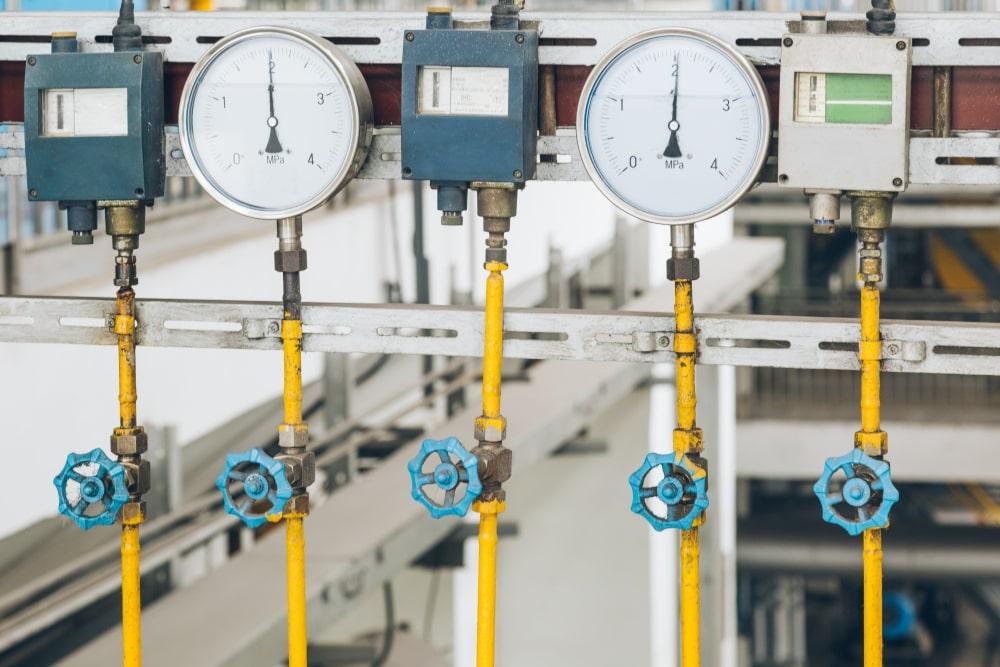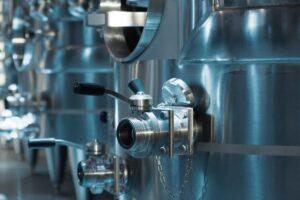
A dosing pump is an essential tool in industries where precise chemical measurements are critical. From water treatment facilities to medical applications and manufacturing processes, these devices ensure the accurate delivery of liquids in controlled amounts. Their ability to manage flow rates and maintain consistency makes them indispensable for maintaining dosing pump efficiency and safety.
In this article, we will explore what a dosing pump is, how it operates, and why it is vital across various industries.
What is a Dosing Pump?
A diaphragm dosing pump is an extremely accurate mechanical device employed for applications requiring the delivery of a given quantity of any liquid, normally some kind of chemical or additive, over a given time. They are available in designs for use where the metered and regulated supply of fluids is not just desirable but critical in processes involved in the treatment of water, food, and beverages; in pharmaceuticals, and in industries.
Dosing pumps play a very important role in industries requiring the precise dosing of fluids, such as ensuring consistency, safety, and efficiency. For example, in water treatment, they are applied to control the quantity of chlorine or other disinfectants; in pharmaceuticals, they ensure the correct dosage of active ingredients in production processes. Due to such a reputation for versatility and reliability in operation with exact measurement, dosing pumps reduce waste and hence improve the quality of products.

Dosing Pump Applications
A dosing machine plays a major role in many industries through various applications that require precision and control in processes related to the addition of chemicals, liquids, or additives accurately. Some of the key industries with specific applications where dosing pumps are crucial include:
Water Treatment
Water treatment itself relies a great deal on dosing systems for delivering the chemicals that would actually purify and disinfect water. The most common usages are on chlorine dosing, where the pump delivers controlled levels of chlorine or some other disinfectant to kill bacteria and pathogens. Other applications include pH adjustment dosing pumps, which ensure the acidity or alkalinity level of water is within acceptable or safe levels.
Agriculture
Dosing pumps apply fertilizers and pesticides in agriculture. They thus allow farmers to mix and apply fertilizers with complete precision to crops for their proper growth without causing unnecessary wastage. Dosing pumps also work in irrigation systems to apply direct treatments or nutrition into irrigation lines at controlled rates; this means the crop will have the exact amount of nutrition it needs for protection against pests and diseases.
Chemical Processing
Most of the activities related to chemical processing, additive mixing in paint, coating, and adhesive manufacturing involve the application of chemical dosing. Dosing pumps accurately pump catalysts, accelerators, or other additives that need to be delivered for the chemical reaction. They can also be applied in acid and alkali dosing to maintain specific chemical properties during industrial processes.
Food and Beverage
They apply to the food and beverage industries during the addition of flavorings, preservatives, or additives while manufacturing their products. An example is syrup dosing in beverage manufacturing, which offers consistency in taste and flavor. Applications extend to pasteurization processes where through dosing, appropriate chemicals or agents can be added to help maintain product quality.
Pharmaceuticals
Dosing pumps in the pharmaceutical industry are used to ensure proper dosing of active ingredients in the manufacturing of medicines. These dosing pumps help in the formulation of injectables, syrups, and topical creams, maintaining the exact dosage of the active compound needed for efficacy and safety in each product.
How Does a Dosing Pump Work?
Dosing pumps apply simple, yet accurate, principles for correct and controlled delivery of liquids. The mechanism of a chemical dosing pump will vary depending on the kind of dosing pump, but the general process creates suction to draw liquid into the pump and then dispense it at a regulated flow rate. The general operation of the dosing pump is as explained below:
- Motor Activation: It all begins with the motor of the pump getting activated. In turn, a motor produces forces that, depending on the type of dosing pump in question, are manifested as peristaltic, diaphragm, and piston pumps.
- Suction of Liquid: When the pump is turned on, it creates a vacuum in the head of the pump. It is this which pulls the liquid from the container through the inlet valve into the chamber of the pump. The rate of suction must be regulated for proper dosing.
- Pressurizing the Liquid: After liquid entry into the head of the pump, the mechanism initiates a pressurizing action. Most of these pumps pressurize the liquids by using a diaphragm, piston, or rotating tube that forces the liquid through an outlet valve.
- Discharge of Fluid: The liquid, now pressurized, exits the pump chamber and flows out through the outlet valve. The precision in the mechanism of the pump is such that the quantity of liquid required is dispensed at a consistent flow rate, per the set parameters.
- Flow Regulation: Flow from the pump can be regulated either by varying the speed of the motor, stroke length, or the travel movement of the dosing pump connection diaphragm. This facilitates control over the exact volume that each cycle should deliver with great accuracy for any given application.

Principle of Operation
A dosing pump can take several forms, depending on its mechanism of operation for the delivery of fluid:
- Peristaltic Pumps: In a peristaltic pump, a couple of rollers or shoes move along a flexible tube to compress it as they pass. This causes a seal that moves the liquid in controlled amounts through the tube. The peristaltic pump is ideal for applications requiring zero cases of contamination, since the liquid never comes into contact with the pump’s moving parts.
- Diaphragm Pump: A flexible diaphragm is transited in a reciprocating motion within the pump head. The said movement develops suction on the intake side and pushes the liquid through the discharge valve. Applications needing very high precision and reliability, such as chemical dosing, use a diaphragm pump.
- Piston Pump: In the case of a piston pump, the principle involves a piston moving inside a cylinder. During its movement, it draws liquid into the cylinder on the intake stroke and then pushes it out on the discharge stroke. This type of pump is known for its high-pressure capability and accurate dosing.
Types of Dosing Pumps
Dosing pumps from the leading manufacturers are basically categorized into types, each used for specific applications based on flow rate, pressure requirement, and the kind of fluid dosed. Below are major types of dosing pumps, their working principles, and common uses.
Diaphragm (Constant Injection) Pumps
Diaphragm constant injection pumps feature a flexible diaphragm that moves up and down. This action produces a continuous flow of the fluid without breaks. In application, the pump serves for the constant dosing of liquid solutions.
Areas of Application
- Water Treatment: These kinds of constant injection pumps have applications such as chlorine dosing in water treatment plants where disinfection flow must be continuous and unchanging.
- Chemical Processing: Besides, they are applied in the processes of chemical dosing that call for precision with continuity like mixing or regulating additives in industrial processes.
Diaphragm (Pulse Injection) Pumps
Basically, diaphragm pulse injection pumps are similar to constant injection pumps; however, the former provides the fluid in the form of discrete pulses rather than a continuous flow. This is achieved by the periodic movement of the diaphragm, which generates one pulse of fluid for every cycle.
Areas of Application
- Water Treatment: Pulse injection pumps are normally used for chemical dosing in small lots to keep the pH values or any addition of specific chemicals into the water for treating wastewater.
- Pharmaceuticals: In certain areas of the pharmaceutical industry, pulse injection pumps can be used in batches to introduce some of the ingredients at a proper rate, as such dosage is accurate to avoid wasting materials.
Lobe Pumps
The pump is made up of two or more rotating lobes. The rotation of the lobes creates cavities where fluid enters and, after being caught between them, is pushed out under pressure. Such positive displacement gives quite accurate and consistent fluid flow.
Areas of Application
- Food and Beverage Industry: Lobe pumps are ideal for the processing of sensitive or viscous liquids, such as syrups, sauces, or pastes, without shearing or damaging the product.
- Pharmaceuticals: They find application in pharmaceutical manufacturing, especially for dosing of thick or shear-sensitive substances.
- Cosmetics: The lobe pumps are common in cosmetic manufacturing where consistency and integrity of the product is important.
Peristaltic Pumps
These pumps possess a set of rollers or shoes which, while traveling along a flexible tube, compress it and hence force the fluid through the tube in waves. The fluid inside never comes into contact with the moving parts of the pump. Therefore, peristaltic pumps are hence ideal to be used for sterile or contamination-sensitive applications.
Areas of Application
- Medical and Pharmaceutical: These peristaltic pumps find their perfect application in fluid transfer for dialysis or the precise delivery of ingredients in pharmaceutical production.
- Laboratory: They are also utilized in laboratories for controlled dosing of reagents or chemicals during experiments, especially when contamination or mixing should not occur.
- Water Treatment: They are applied in water treatment for chemical dosing applications where accurate delivery is necessary, especially in dosing concentrated chemicals or cleaners.
Dosing Pumps at AMED-US
At AMED-US, we realize that accurate, reliable, and efficient fluid dosing is of utter importance. Because different industries have special requirements, we manufacture a range of dosing pump brands with the best performance for each application. Be it water treatment, agriculture, chemical processing, or whatever industry that calls for the art of precision fluid handling, there can’t be any second thought than AMED-US.
We offer a wide range of dosing pumps, including diaphragm, peristaltic, and lobe pumps – all designed to be durable and perform at a high level. We also can offer you other services like dosing pump calculation. All our pumps are designed for ease of use, offering precise control of fluid flow rates to ensure accurate dosing and minimal waste.
Please have a look at the dosing pumps at AMED and select the best one that would suit your requirements. Our team is prepared to guide you with your selection, always ready to make personal suggestions for your continued assistance so that all your operations work smoothly. AMED-US for Dosing Pump Solution, assuring you the reliability and precision you need.










